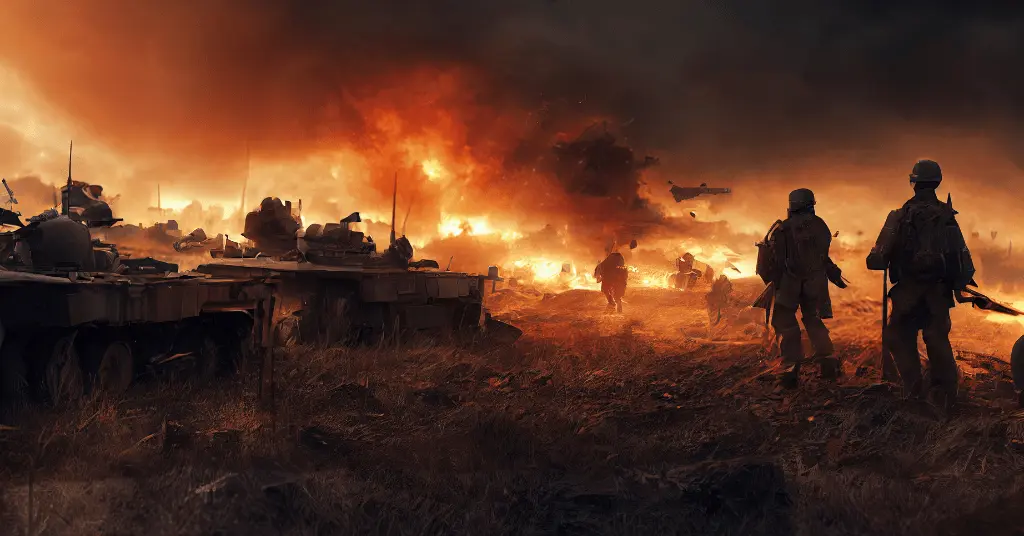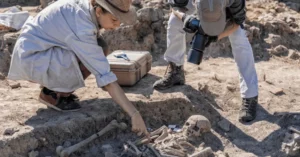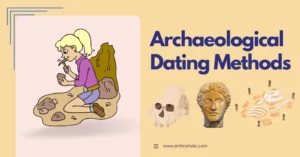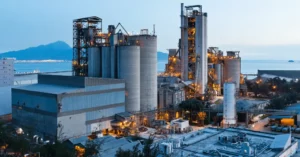AI Answer Evaluation Platform Live Now. Try Free Answer Evaluation Now
Battlefield Archaeology
Battlefield archaeology is necessary for every conflict, but it is particularly important for the Revolutionary War. Compared to the Revolutionary War, the American Civil War’s reports, records, and letters are simpler to locate. As a result, it may be difficult to accurately describe the conflicts of the Revolutionary War.

Battlefield archaeology in Revolutionary War
The Revolutionary War was influenced by early “military science,” the precise, almost bureaucratic style of fighting that would come to define the Civil War. It was uncommon for commanders to be asked for detailed maps of the battlefield or after-action briefings. Even the most ardent historians encounter major uncertainties when trying to recreate military conflicts from the Revolutionary War. Unless very uncommon circumstances arise, there are simply no written records of the precise sites where soldiers marched, fought, or died. It is simpler to determine which regiments fought in the Civil War than to determine if a person served in the Revolutionary War
Understanding the Revolutionary War requires research on the frontlines. Historians just catch up on hazily written allusions to risky events, while archaeologists discover untapped banks of recent historical material. Military garbage, such as ammunition, buttons, bayonets, and other stuff, is all over the battlefields. Even though they are buried under the earth, they have a tale to tell—one that has never been told before.
To find any probable artifact, archaeologists often use sophisticated metal detectors and even ground-penetrating radar. After discovering an object, the team gently removes it, taking care not to disrupt or harm the prospective relic. describing in great detail each object and giving its name. Given how crucial location is, each exposed product is identified, given a unique catalog number, and put in a protective bag. The item’s location may be verified using this approach. A detected item’s location is more significant than the thing itself.
How to utilize Battlefield archaeology?
Archaeologists utilize total stations to record the locations of items at the Minute Man National Historical Site. In the hands of knowledgeable experts, total stations are very precise distance measuring equipment that may be used to map the locations of artifacts dispersed throughout the ground. This is a vital first step in completely comprehending a conflict area.
Following the excavation, the artifacts are added to a map of the survey site made using geographic information system (GIS) software. The employment of GPS and laser measuring equipment to locate an item precisely is ensured by this application.
Battlefield archaeology depends on location in order to completely comprehend a conflict. When the excavation is over and the map has been put together, the distribution of the artifacts may help to show where troops were stationed, where there were large fire fields, and where confrontations occurred. Locations where the soldiers have been subjected to a lot of shooting are indicated by clusters of abandoned and bent musket rounds. By checking for clusters of fallen cartridges, you may find them in an area similar to where the lines were. The intended use of the artillery is better understood when you are aware of the variations between canister, grapeshot, and solid shot.
New Avenues in Battlefield archaeology
The tale must also depict the actual events of a Revolutionary War battle and how the characters interacted with their surroundings. One unit may have passed through a certain location as opposed to another unit that may be identified by its buttons, buckles, and other accessories. For the well-equipped and well-known British forces, this is quite beneficial. The size and type of ammunition play the role of a kind of unit fingerprint that may be used to track movements and locations on the battlefield due to the large range of tiny guns and artillery utilized in the Revolutionary War.
Researching the past may require the use of modern technologies. Battlefield archaeology has revealed long-forgotten tales from the Revolutionary War and helped us understand battles that affected the history of our country.




